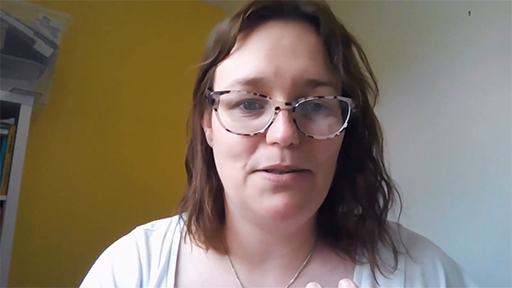6.4 Neurodiversity
As the world pivoted towards online meetings, advice proliferated about how to run such meetings effectively, such as requiring participants to have their cameras on throughout the meeting to show they are fully engaged. This might have been well intentioned, but everyone in your team or department is different and has different needs, so what works well for some may be a source of anxiety for others. Taking time to understand those varying needs is important to fostering wellbeing in your workplace culture.
Neurodiversity describes the idea that people experience and interact with the world around them in many different ways; there is no one ‘right’ way of thinking, learning, and behaving, and differences are not viewed as deficits.
The term ‘neurodiverse’ has been adopted to cover people with a range of neurological conditions and specific learning differences – for example, autism spectrum disorders, dyslexia and Down’s syndrome – that mean they need to develop coping strategies to function in a world designed for the neurotypical.
As a leader or manager, you can make your workplace more inclusive by:
- not making assumptions about preferences or needs – ask the individual
- not equating ‘camera on’ behaviour or eye contact with attention being paid
- considering recording meetings for later review – with the consent of participants
- communicating clearly – avoiding sarcasm, euphemisms/metaphors and subtext
- being sensitive to sensory requirements, e.g. related to sound or movement
- providing clear, concise, step-by-step instructions for tasks
- not making last-minute, unexplained changes to plans or schedules.
- sharing meeting agendas in advance and asking participants if they feel comfortable or if there are adjustments that would be beneficial for them.
Watch the video below in which Becky May explains her experience of being neurodiverse.

